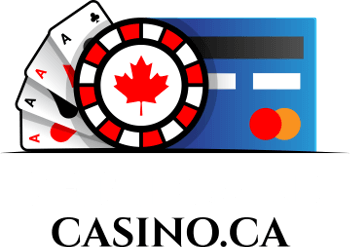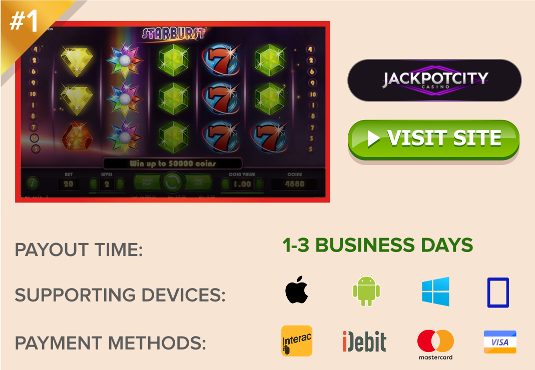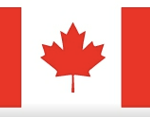Century “21”: A Historical Look Back on the Game of Blackjack
Then and Now: The evolution of blackjack history to modern game play in today’s live and online casinos.

The game today known as Blackjack can trace its origin back nearly 300 years to the casinos of 18th century France. That’s when a card game known as vingt-et-un or “twenty-one” was popular. The object was to draw cards with a combined value higher than the dealer’s, but without going over a total of 21. Bets were made following each round of draws, with the dealer having the option to double the wagers on any round, similar to the act of doubling in Backgammon.
An American Twist
After the French Revolution, when vingt-et-un crossed the Atlantic, it was not immediately popular in the New World. American game operators decided to increase the game’s appeal by offering special 10-to-1 payouts to any player who drew the Ace of Spades with a Jack of Spades or Clubs as the first two cards. This combination became known as “Black Jack.”
During the 19th century, this new Blackjack game became a favorite in lavish casinos built along the lower Mississippi Valley and particularly in New Orleans. From there it spread north and west, gradually overtaking “Faro” as the most popular card game aboard riverboats and in private gambling halls. By the time of the Gold Rush in 1849, Blackjack was played not only in California mining camps but also in stylish San Francisco, which in those days was the center of casino gambling in the United States.
When the Civil War ended in 1865, calls were heard for the prohibition of gambling. Soon all “banking games,” including Blackjack, were banned in California, and as railroads replaced waterways as the main arteries of transportation, the old riverboat gambling network began to fade. In the latter part of the century, the game survived mainly as an underground activity in Nevada — notably in Virginia City, where miners and fortune hunters flocked to strike it rich in the Comstock Lode from 1859 to the early 1920s.
The Modern Game
When Nevada legalized gambling in 1931, new casinos established in Reno and Las Vegas made Blackjack one of their primary table games along with Roulette and a dice game called Bank Craps. Word of America’s new fascination with legal gambling traveled back across the Atlantic, and soon the Salons Privés (private rooms) of the Casino de Monte-Carlo on the French Riviera began offering Blackjack to European players.
By the 1950s, mathematicians began turning their attention to the card game and using probability tables to develop “systems” that help players beat the house odds. One of the earliest breakthroughs was a winning approach to Blackjack play created in 1956 by Roger Baldwin — “The Optimum Strategy in Blackjack.” His theories on how to reduce the house edge were further enhanced in 1962 by former M.I.T. mathematics professor Dr. Edward O. Thorp. The so-called the “Einstein of Blackjack” introduced a technique known as “card counting” in his now famous book “Beat the Dealer.”
Of course, casinos weren’t eager to give up their advantage. Many began changing their “house rules” to restrict such practices as doubling down and splitting pairs. They also replaced single-deck games with “shoes” containing up to eight 52-card decks. The abundance of Blackjack variations seen in casinos today was a direct response to the threat posed by card counters.
Evolution of Blackjack begets Limitless Future
Counter moves by the casinos were simply viewed as an added challenge to the math skills of Blackjack professionals. In the late 1970s, card-counter Ken Uston and his colleagues won thousands of dollars a month playing Blackjack in Nevada and Atlantic City. And in the 1990s, a card-counting team of M.I.T. students allegedly made millions before being caught and banned from play. More recently, courts have ruled that card-counting is not a form of cheating and casinos cannot ban it, opening the door to potential riches for those who master the strategies of advantage play.
What’s more, in the 21st century an increasing number of states and nations have legalized gambling operations, making Blackjack tables even easier to access. The game has taken up residence in cyberspace, too, as online casinos offer card play anywhere there is a connection to the Internet. Gaming web sites feature not only classic single-deck Blackjack, but also as many as 113 different variations, from Spanish 21 and Pontoon Blackjack to Blackjack Switch, Perfect Pairs, and much, much more.
 Jackpotcity.com is our editorial pick for your gaming needs. Currently offering an entire suite of casino games, as well as a wide range of Canadian deposit options, JackPotCity truly offers world-class gaming.
Jackpotcity.com is our editorial pick for your gaming needs. Currently offering an entire suite of casino games, as well as a wide range of Canadian deposit options, JackPotCity truly offers world-class gaming.





